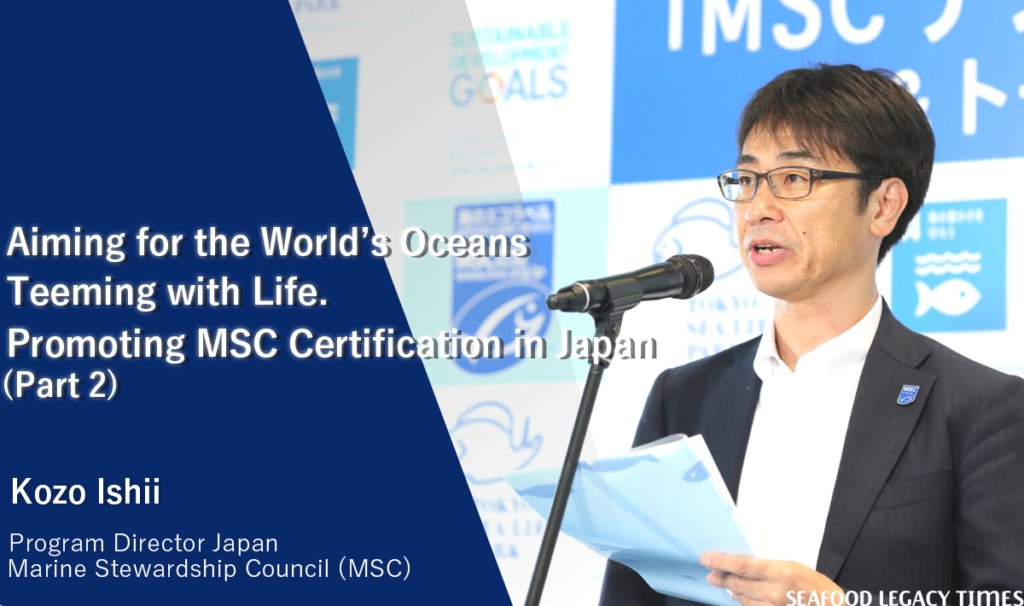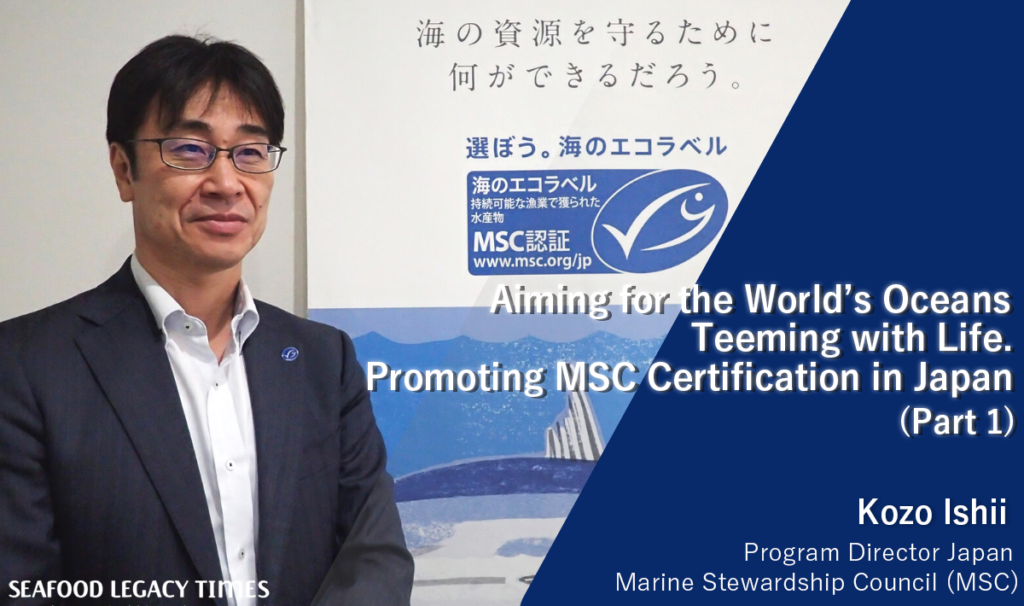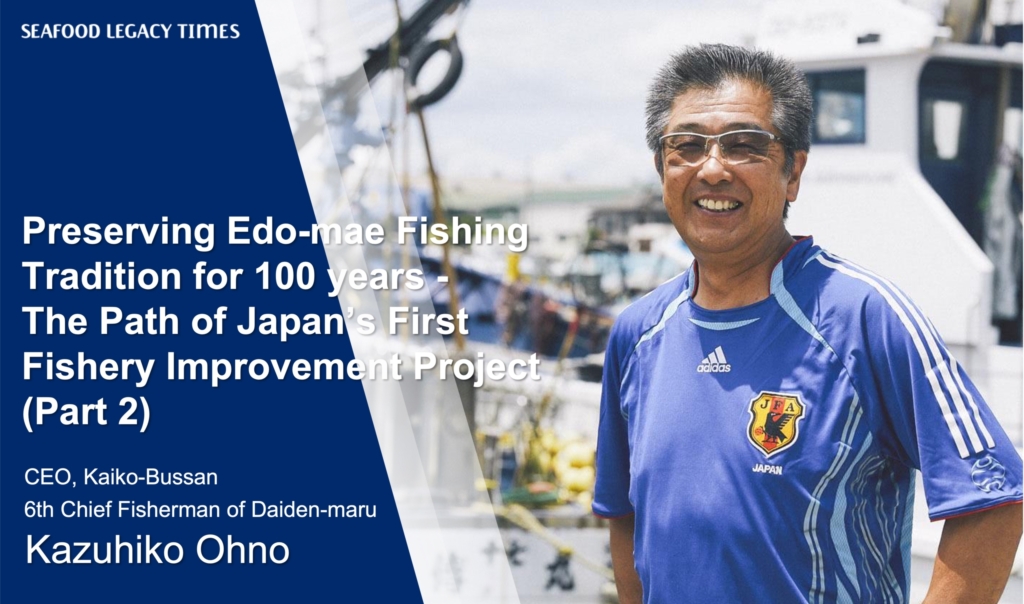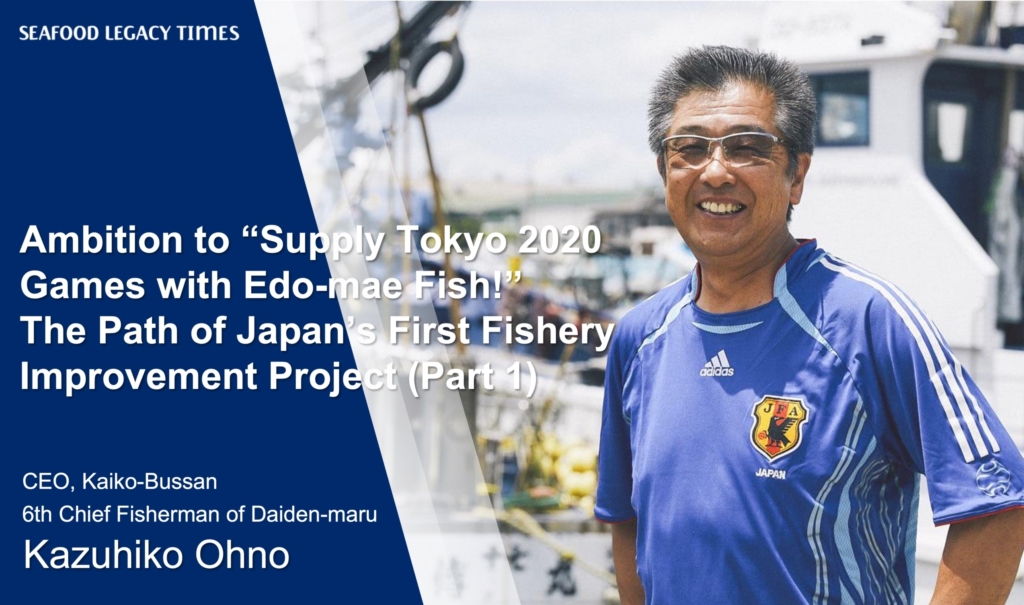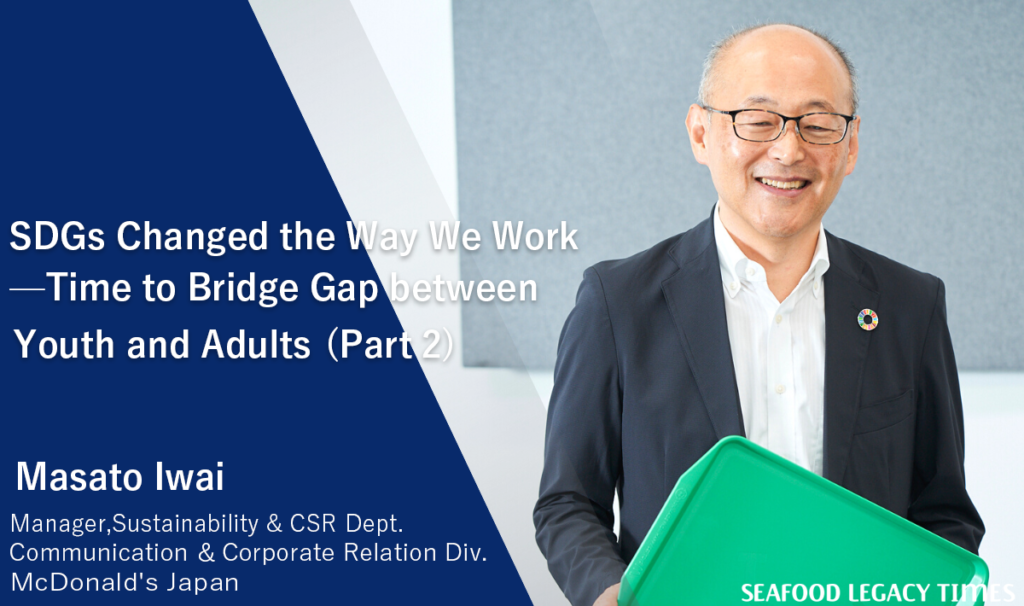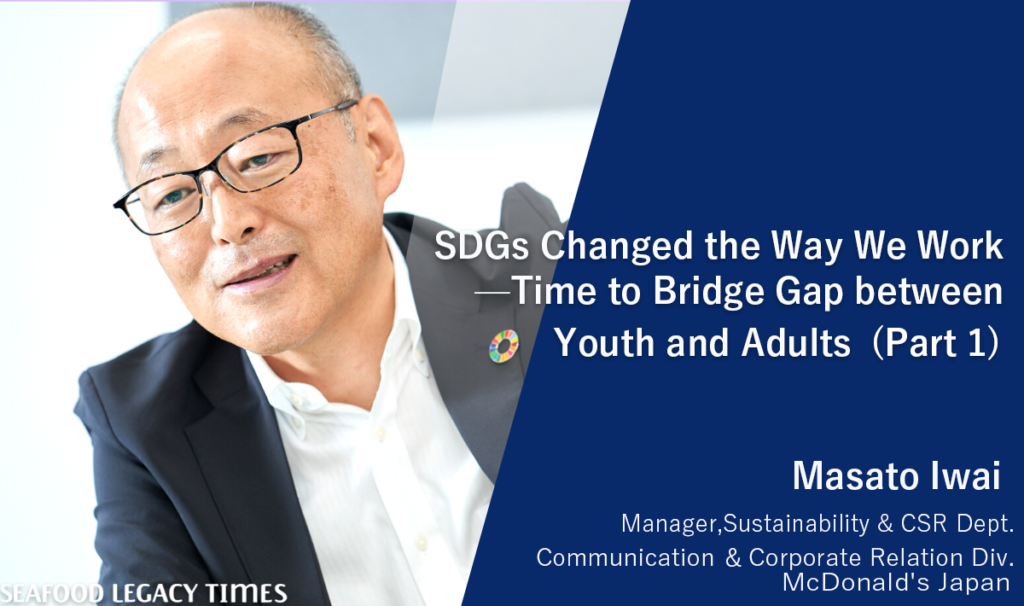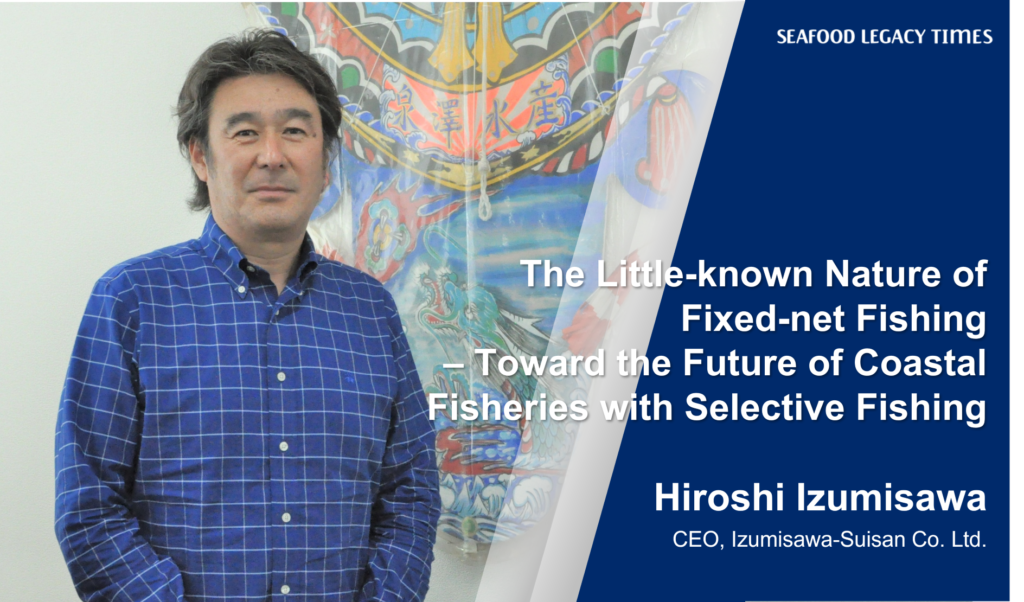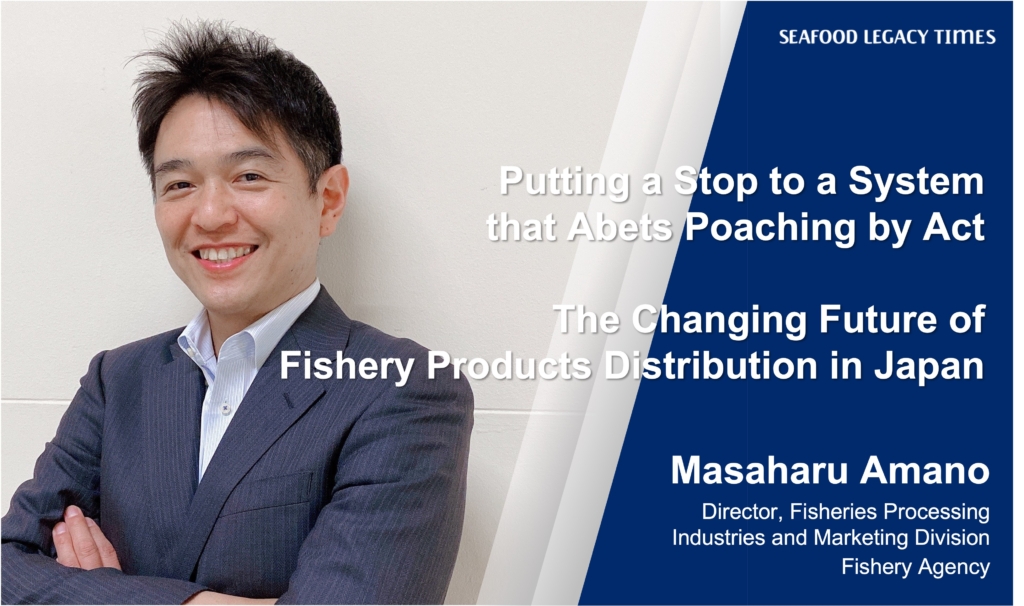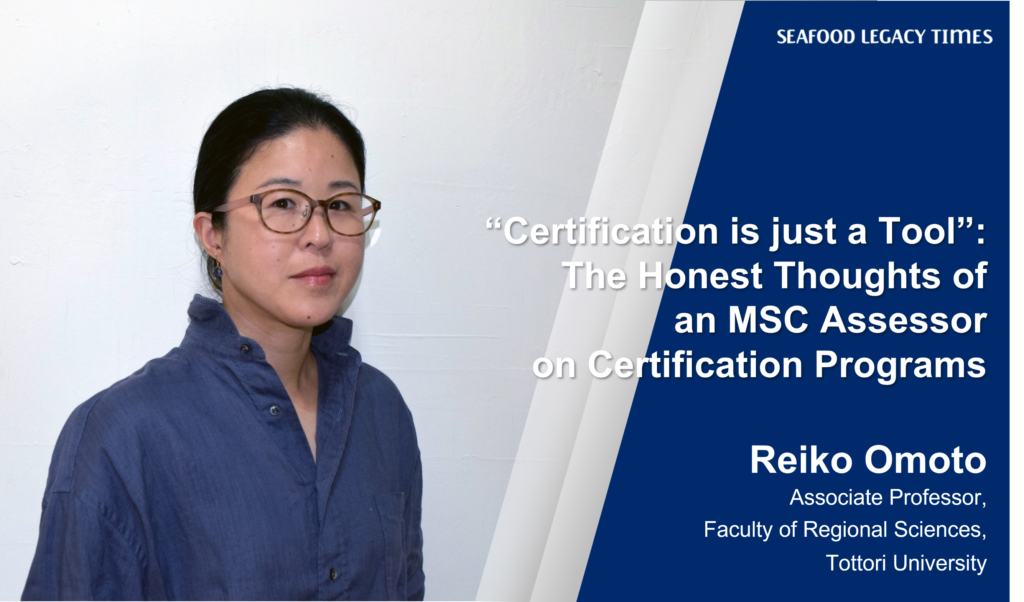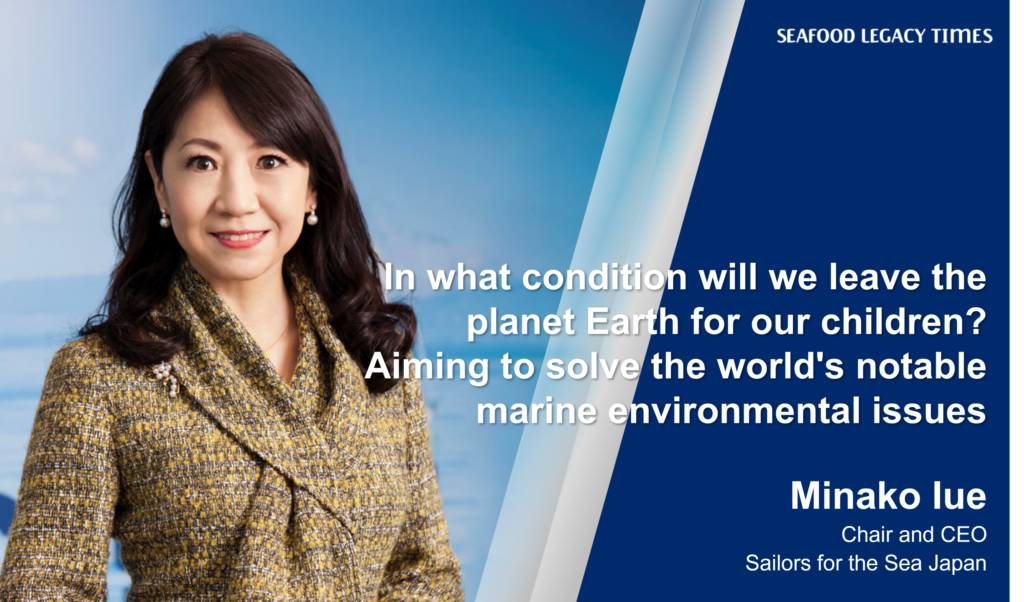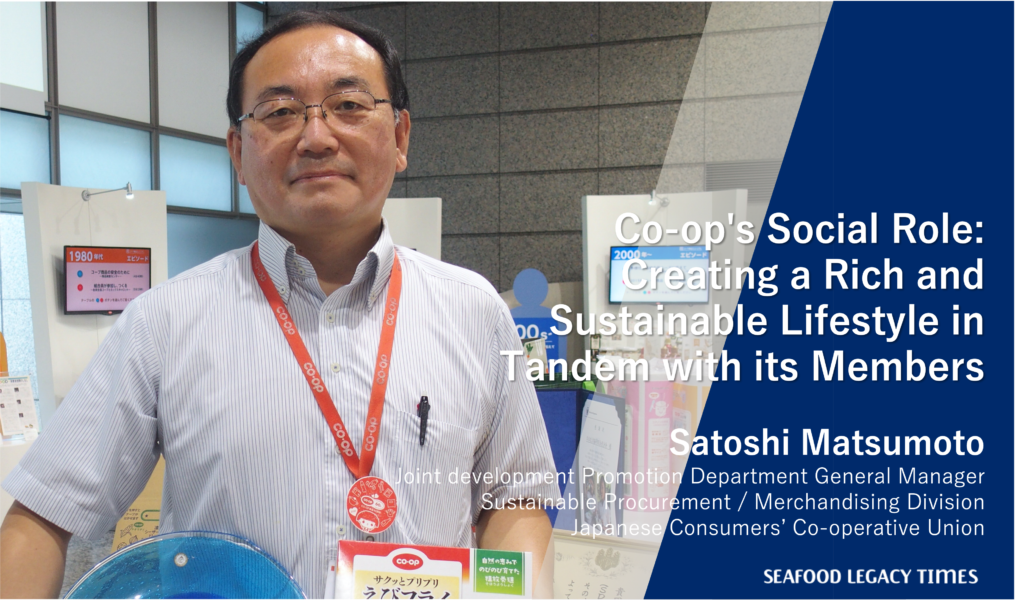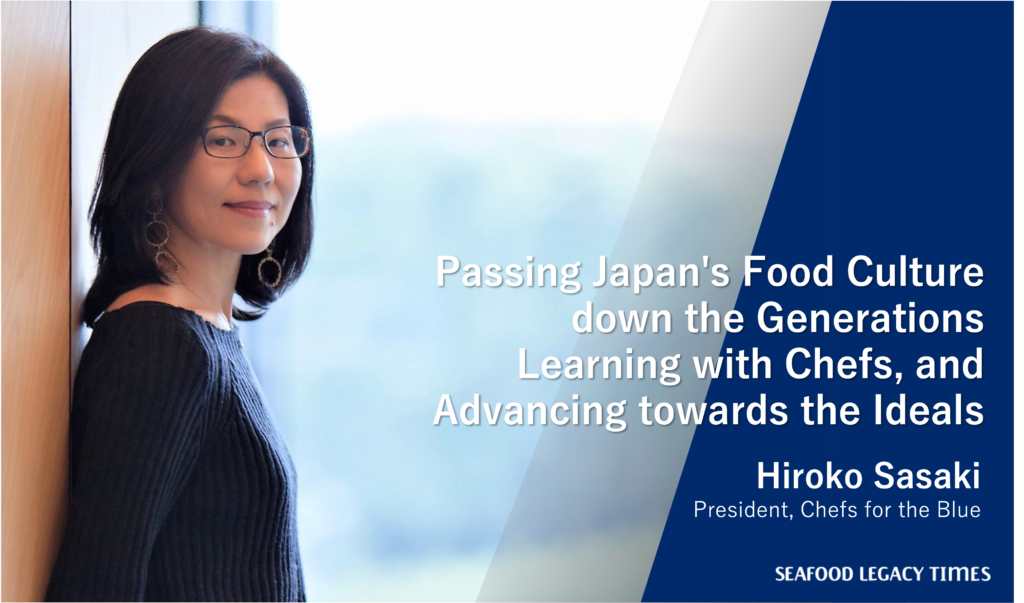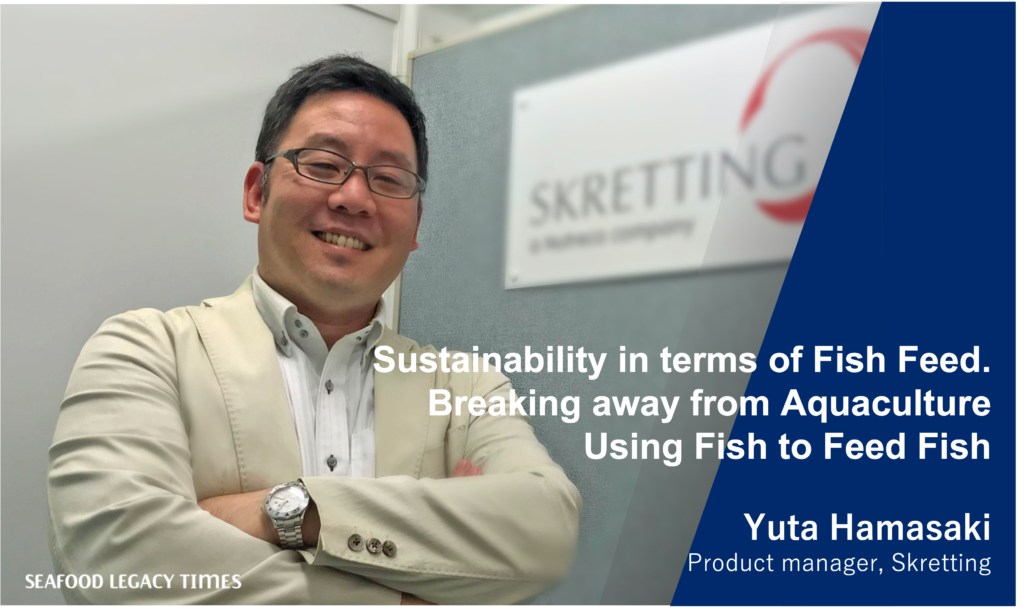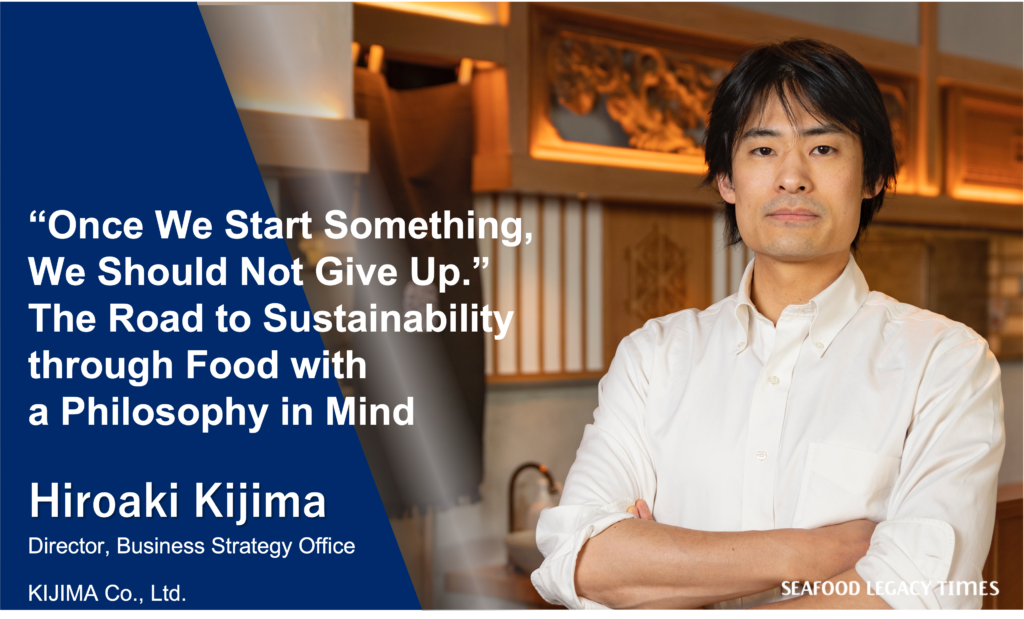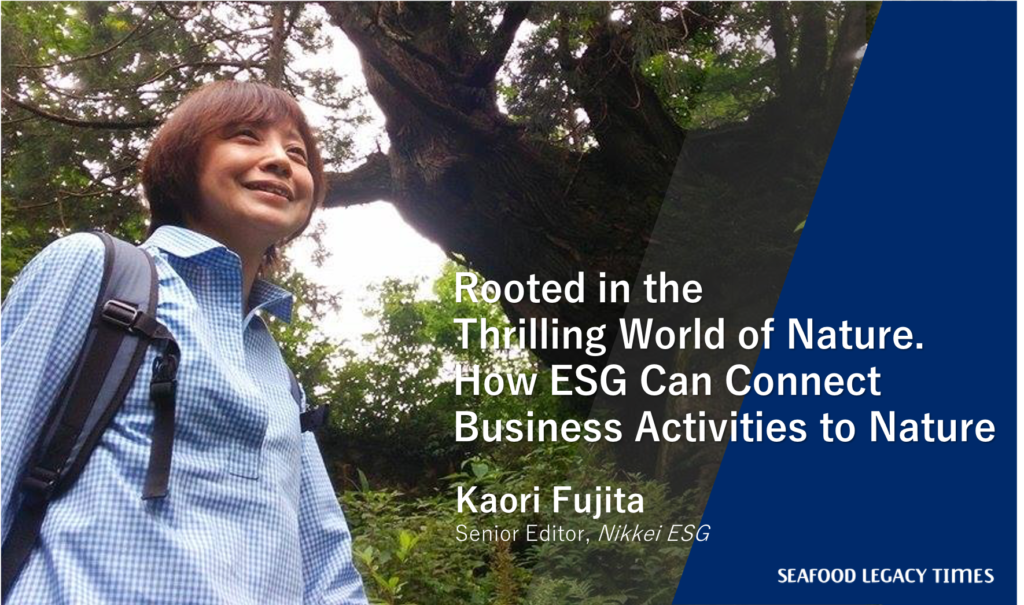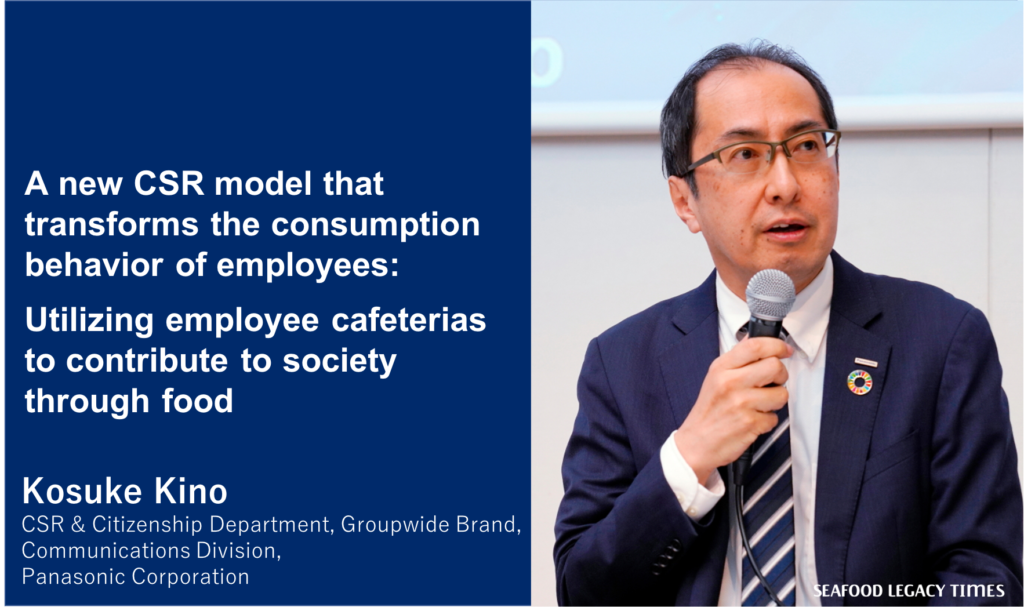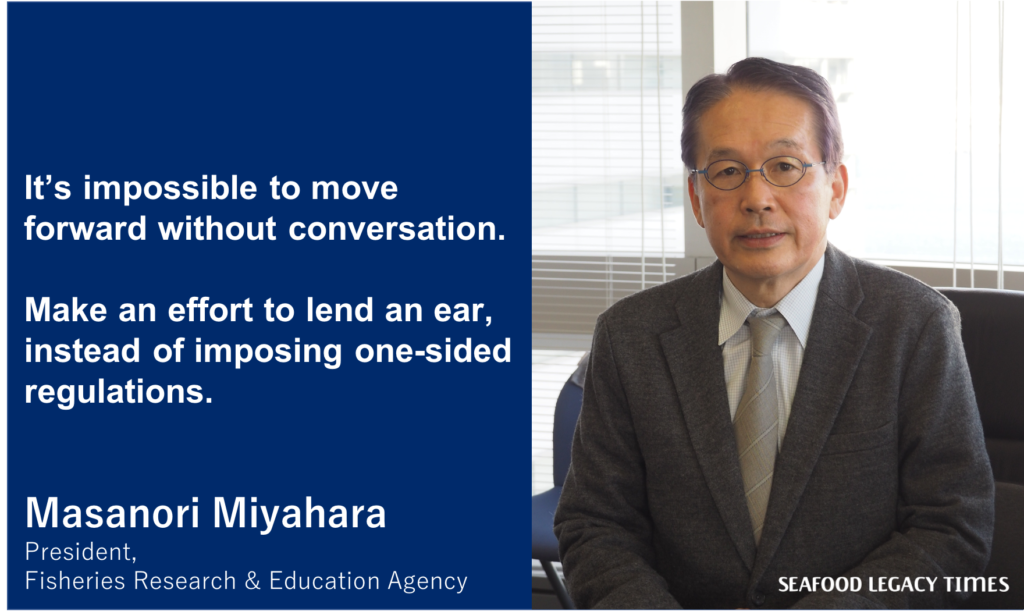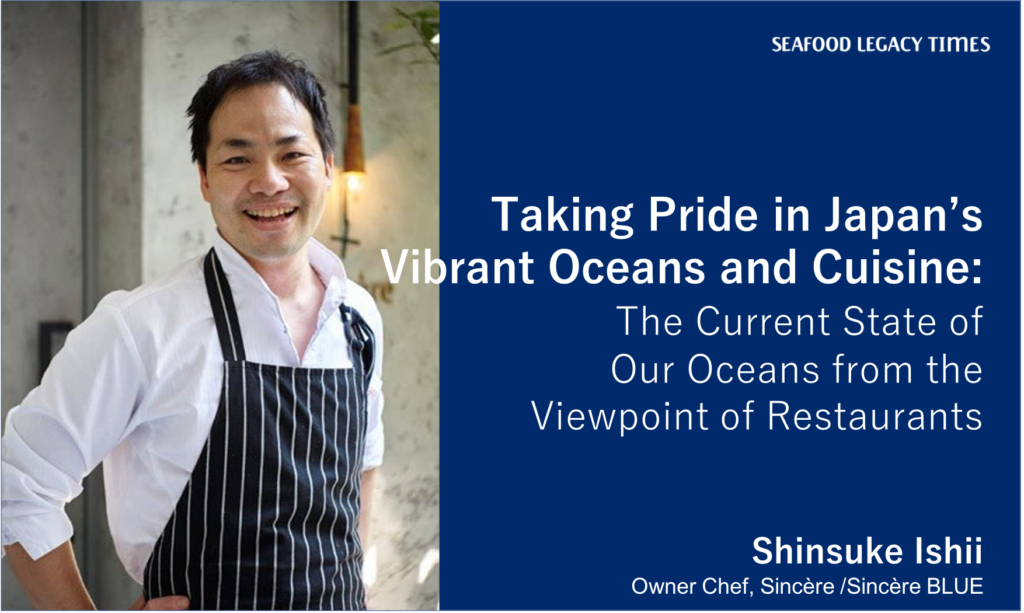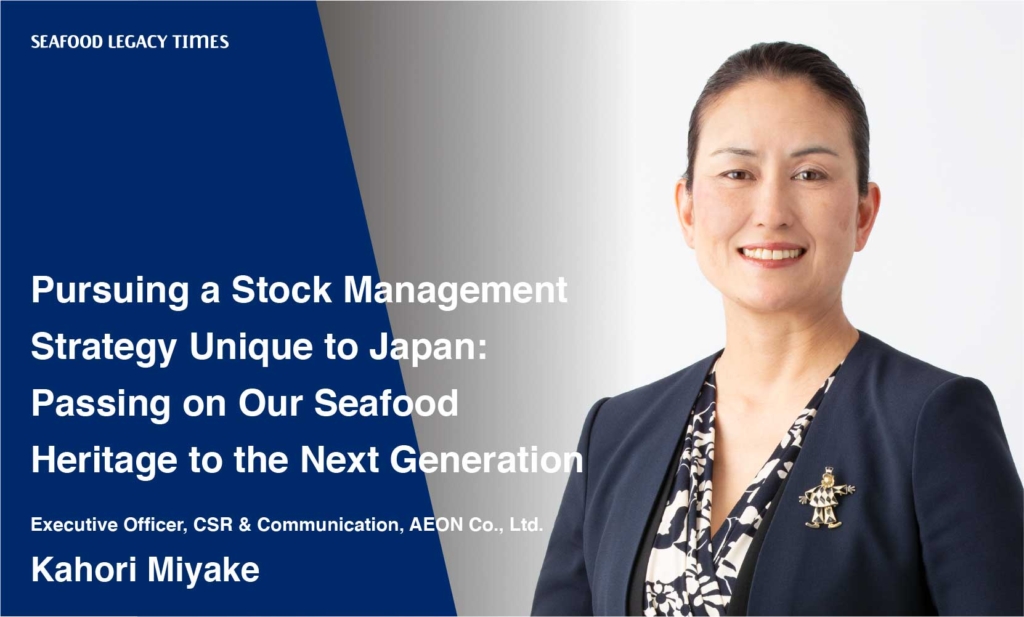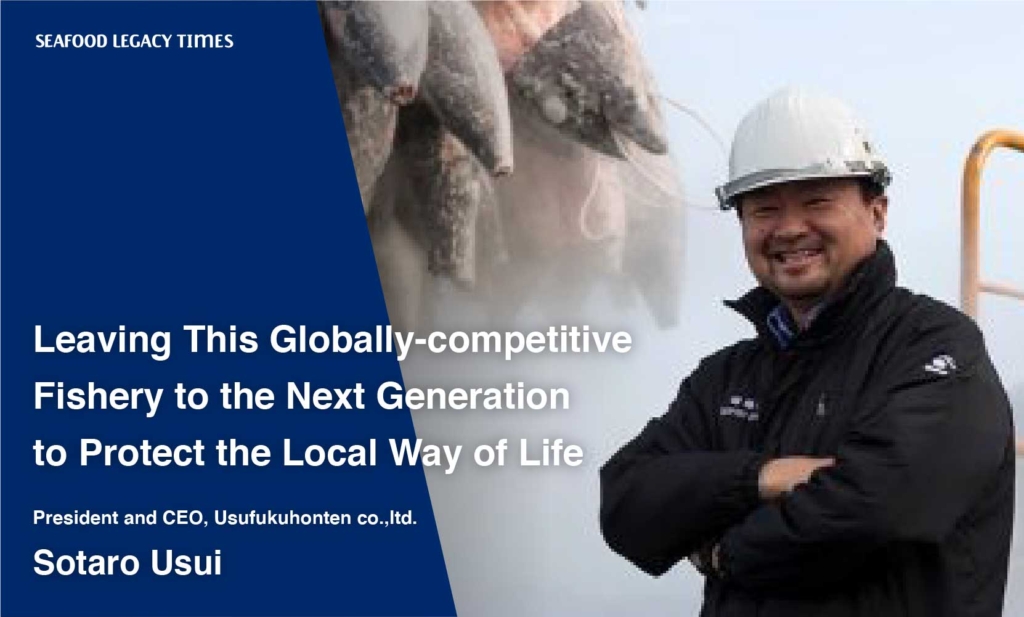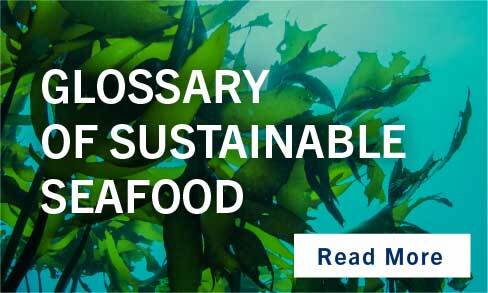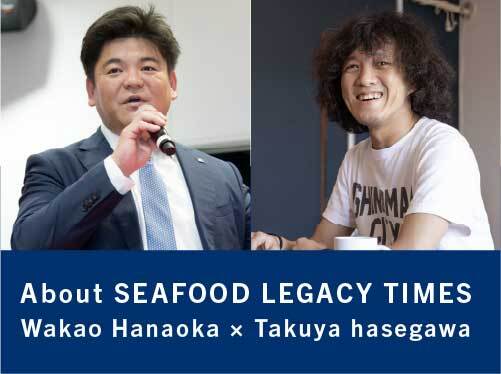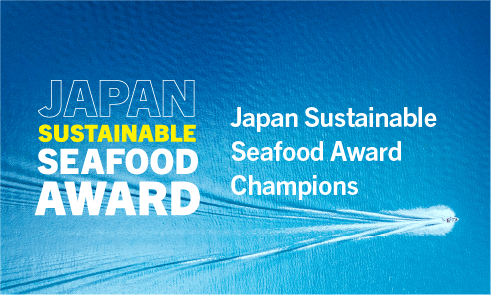
1_修正524-1024x606.png)
Hideki Noro won the Student Excellence Award at the 2022 Japan Society of Fisheries Engineering’s Academic Conference for his presentation, “Monitoring the Configuration of Fixed Box Net with Ultrasonic Telemetry.”
After graduating from the Tokyo University of Marine Science and Technology and working as a fisheries engineer for the Aomori Prefectural Government, Hideki joined Aomori Kaisan Co., Ltd. While being in charge of product development and tuna fishing at this company; he has been researching how to use fixed nets to catch only the targeted fish species.
Fixed nets are often considered ‘unsuitable’ for stock management, but Hideki claims that they are, in fact, one of the most sustainable fishing methods. What are the reasons behind this claim?
We spoke with Hideki Noro, who deftly combines his roles as a fisherman and a researcher, about his journey and the importance of researching fixed nets.
Hideki Noro
Born in 1984 and was raised in Aomori Prefecture, Japan. Earned Master’s degree in Marine Science at Tokyo University of Marine Science and Technology in 2009. Joined the Aomori Prefectural Government as a fisheries engineer and was in charge of licensing and regional marine science research. Transitioned to Aomori Kaisan Co., Ltd. in 2014, where he has been in charge of processing and selling seafood products. Together with the parent company HORIEI Corporation, established the practice of tuna nerve removal and led the research on tuna with other research institutions. Also involved in establishing Japan Salmon Farm Co. and owns extensive knowledge and experience in fisheries, aquaculture, processing, research, and government.
——What sparked your interest in marine science?
I was raised near the ocean in Aomori City. I always loved the sea and often went fishing on my bicycle. So there was no hesitation in choosing Tokyo Fisheries University (now Tokyo University of Marine Science and Technology) after graduating from high school. I learned how to conduct surveys for sustainable and effective use of fishery resources during my undergraduate and then focused on developing fishing gear for estimating fish-stock abundance in my Masters.
——What led you to become a fisheries engineer at the Aomori Prefectural Government after graduation? What work were you in charge of?
I believed revitalizing the fishing industry was vital for Aomori’s development, and I wanted to start by learning about the laws, regulations, and reality of fisheries as a local government officer. I was the first fisheries engineer the Aomori Prefectural Government hired in five years. I recall that back then, there was a scarcity of recruitment for fisheries experts, and even the Fisheries Agency of Japan, the subordinate agency of the Ministry of Agriculture, Forestry and Fisheries (MAFF), had only one opening.
During my first two years as a fisheries engineer, I worked at a Marine Industries Office and handled tasks such as inspecting fishing vessels and issuing fishing licenses.
For the following two years, I worked at the research institute of the prefecture and researched seaweed (kelp; kombu), sea cucumbers, and shellfish. I also regularly assessed the stock status, ecology, and growth patterns and performed age evaluations of sea urchins and Sakhalin surf clams. Since rocky-shore denudation was worsening then, I relocated the sea urchins, which was the causality of the problem, and examined whether feeding the sea urchins would enhance their yield. Back then, sea cucumbers were fetching a high price in China; therefore, I also researched how to make use of and marketize the sea cucumbers caught in Aomori.
I was a fisheries promotion officer in my final year at the Aomori Prefectural Government. I traveled to various fishing ports in Aomori and visited fishermen’s unions and fishermen. It was a great learning experience for me to directly listen to their concerns (sometimes over a few glasses of drinks) and devise solutions to their issues. I’ve also worked on requesting funds from the Aomori Prefectural Government to initiate projects.
——What motivated you to switch from the Aomori Prefectural Government to a private company, Aomori Kaisan Co., Ltd.?
I always aspired to move to a private company and work at sea eventually. That aspiration may have intensified as I had more chances to talk with fishermen while touring the sites as a fisheries promotion officer.
While working as a prefectural employee, I contemplated starting my own business, which led to establishing a Non-Profit Organization (NPO) called Fair Trade Fishery. This establishment aimed to trade the local fish at fair prices instead of selling them off for next to nothing. I was lucky enough to gather ten young fishermen who shared my vision to become board members of this NPO, and we started delivering fish directly to the buyers at a fair price as a trial run. After that, it became my daily routine to do my job at the prefectural government while also running the NPO.
Meanwhile, I met Mr. Seiji Horiuchi during my work as a fisheries promotion officer. He was the president of HORIEI Corporation, a fishing company in Aomori that handled tuna products and was planning to launch a seafood processing company called Aomori Kaisan. He was looking for someone to take charge of the business, so I put myself up for the role, leading to a massive shift in my career. The year after I quit the prefectural government and joined Aomori Kaisan, I also started working for HORIEI. This allowed me to board tuna vessels and support the fishermen gutting tuna in a manner that will maintain the freshness longer.
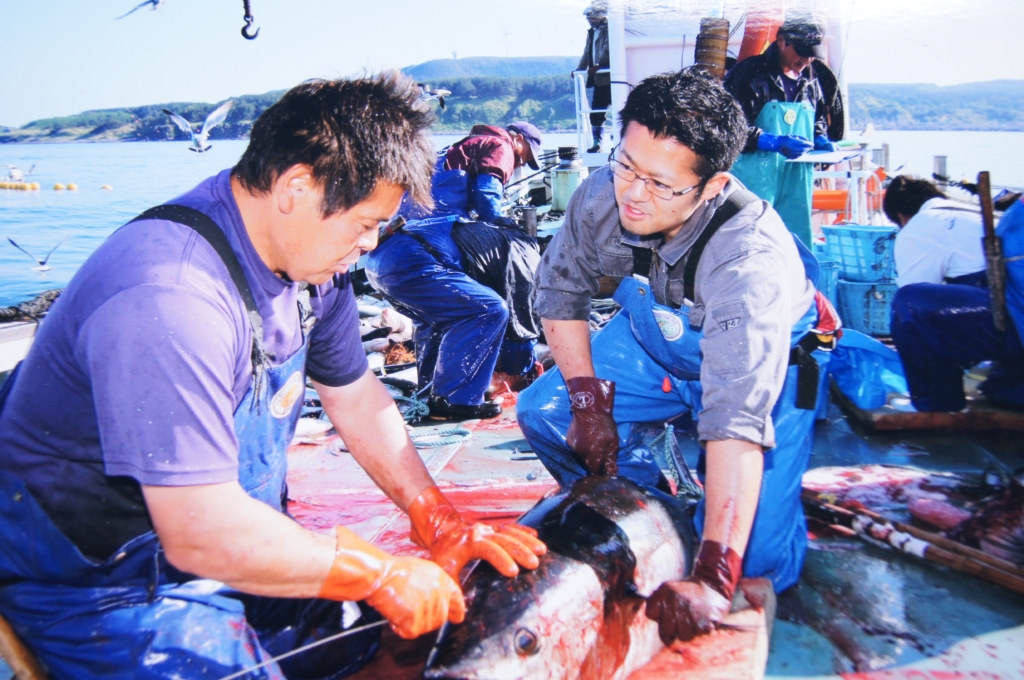 Noro established the practice of removing the nerves of tuna at the fishing site of HORIEI.
Noro established the practice of removing the nerves of tuna at the fishing site of HORIEI.
——How has your experience as a prefectural employee helped you in your current work?
One thing that helped me in my current work was the connections I made with the Fisheries Agency of Japan when I worked for the prefecture. Around 2014, when I quit the prefectural government, the Fisheries Agency started a tuna stock management project. I argued that fixed net research was indispensable for managing tuna stock and won the funding approval to conduct research on this topic from the Fisheries Agency.
——Why did you think fixed net research was essential for tuna stock management?
Some people have negative impressions toward fixed nets, as the media often portrays it as a fishing method that traps all the fish that wanders into the gear in one swoop. However, some fish enter but exit the fixed nets, and the amount of entry and exit has yet to be discovered. Therefore, creating an environment where fixed nets can be scientifically assessed and researched is essential instead of discarding this method out of ignorance.
By nature, the fixed net is a sustainable fishing method that suits stock management, as they catch fish that thrive naturally in the ocean. Therefore, this fishing method should be kept while understanding fish ecology and the reality of fixed nets.
Original Japanese text: Shino Kawasaki









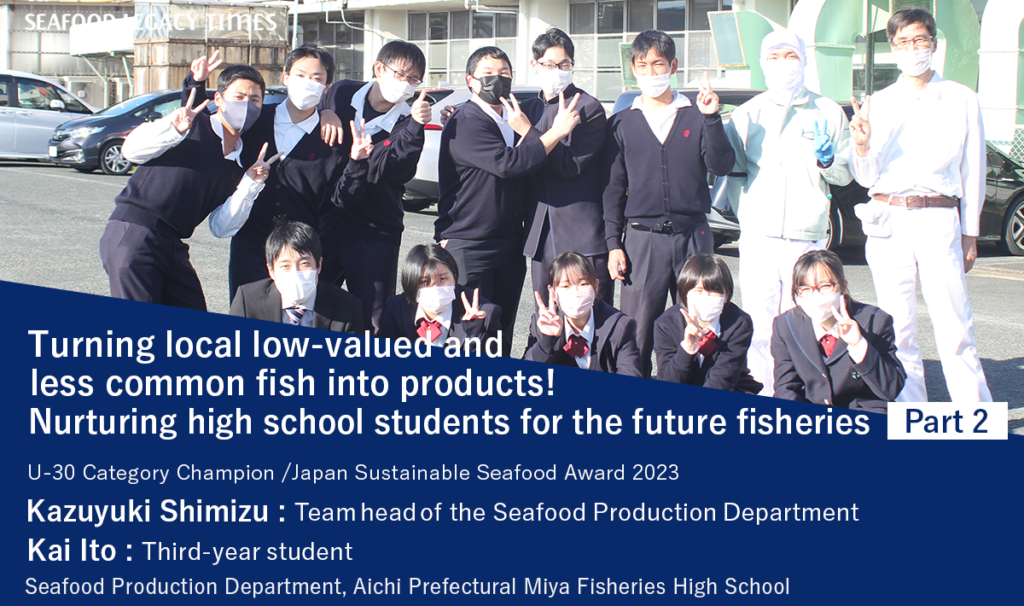
-1024x606.png)


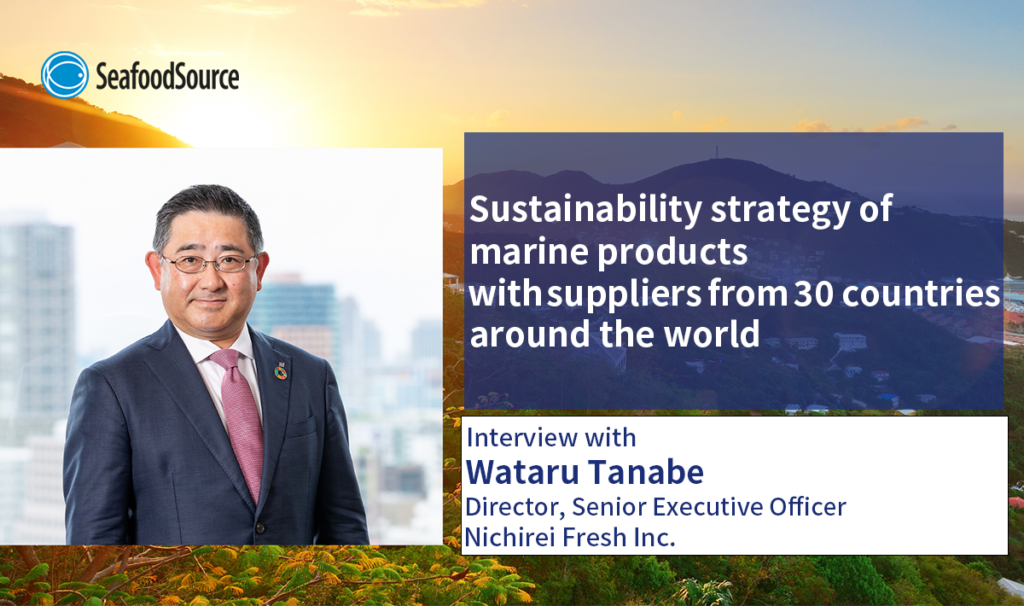
_-1024x606.png)

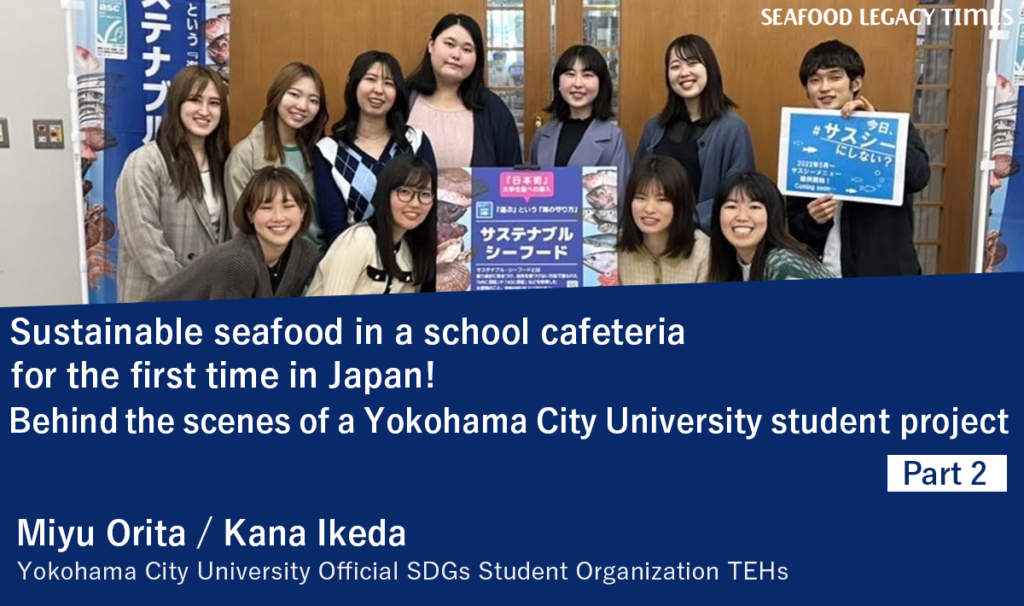
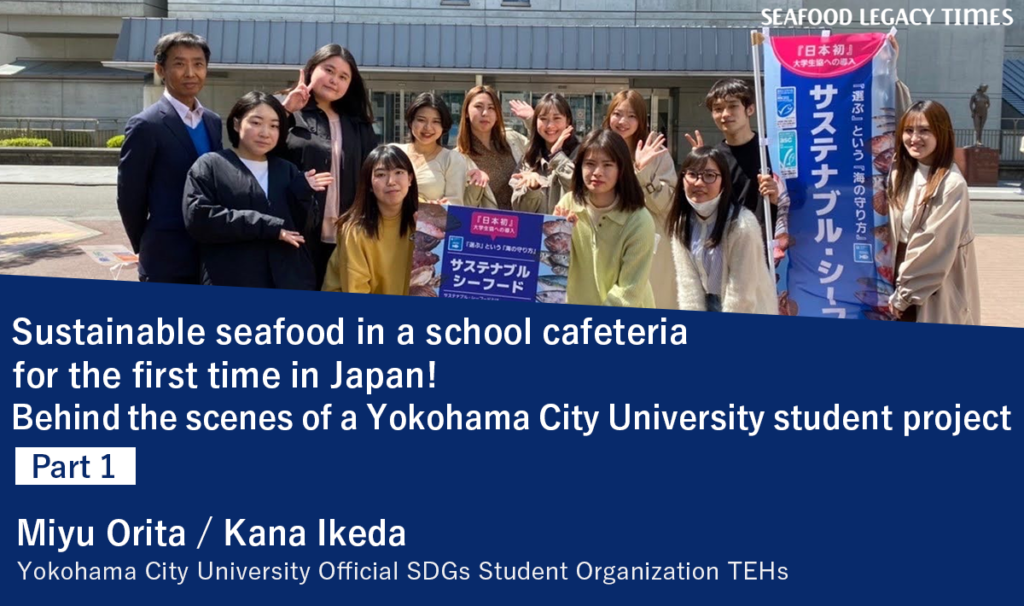



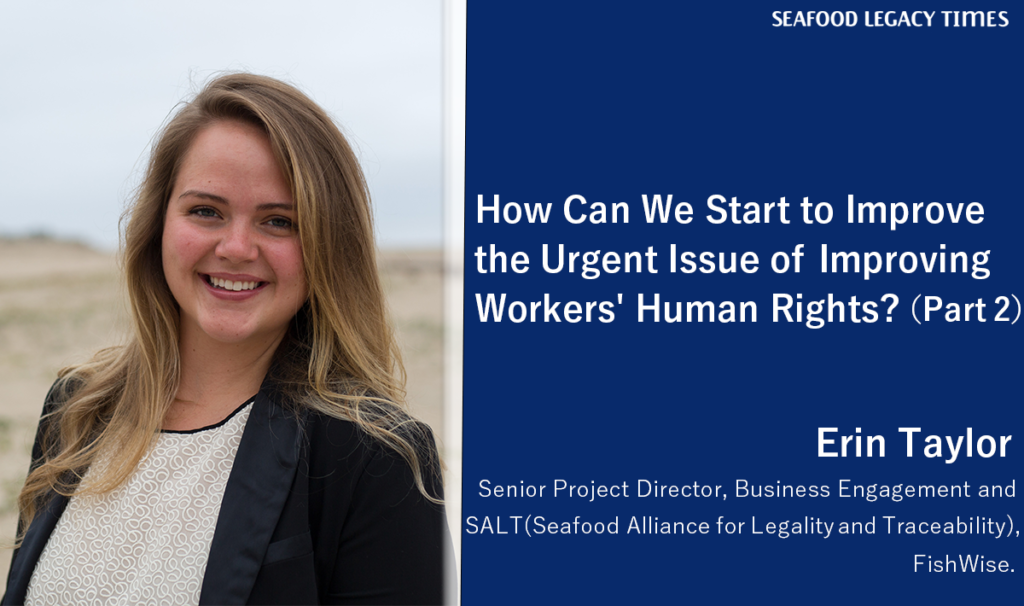
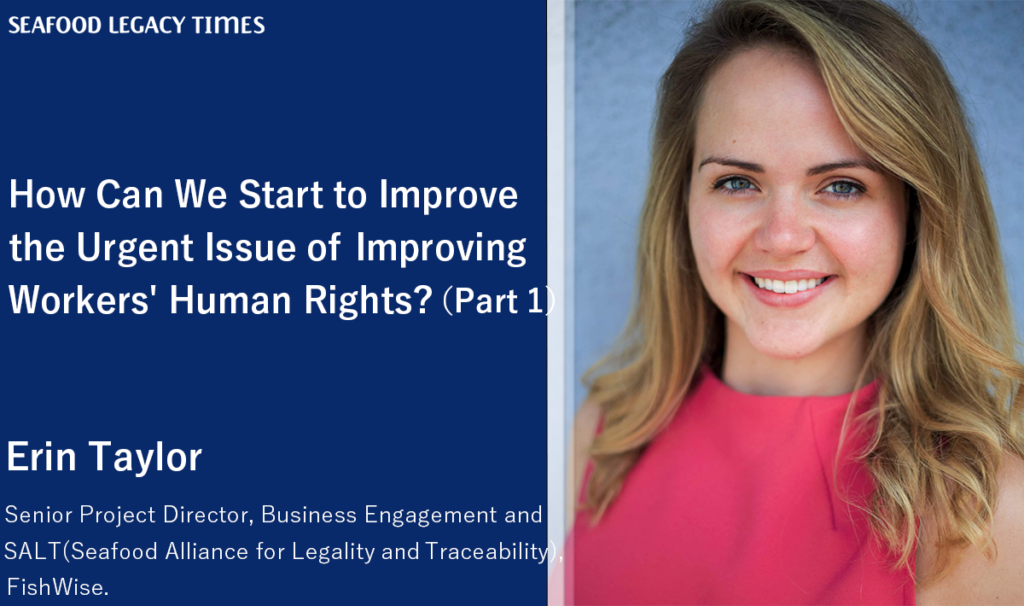
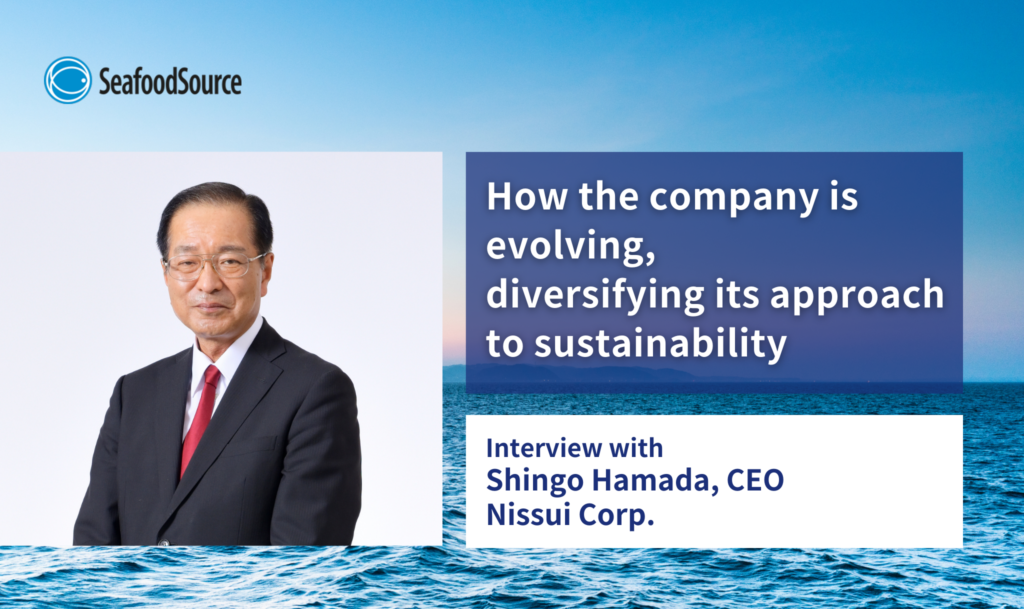




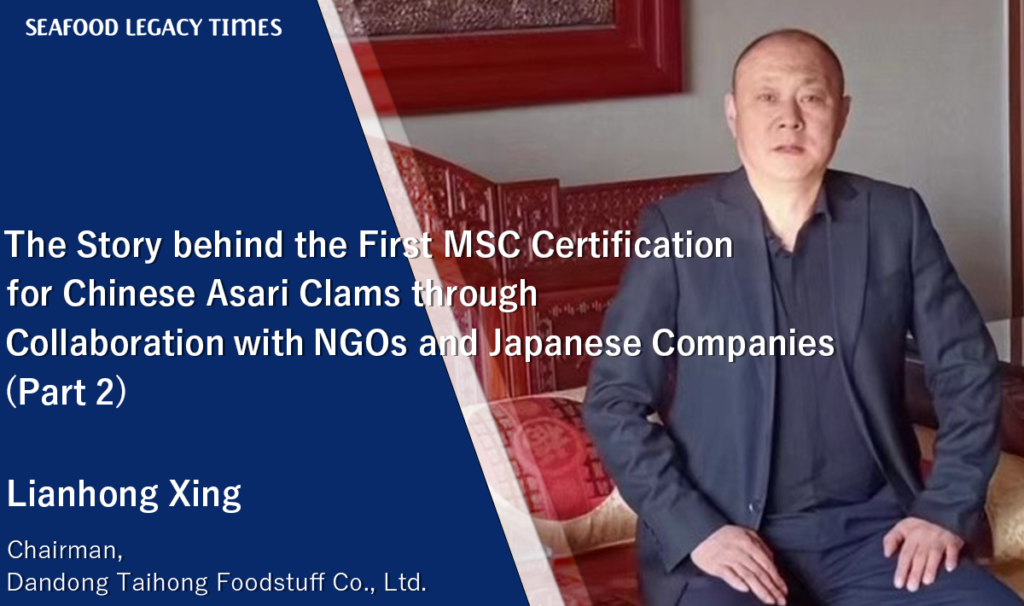
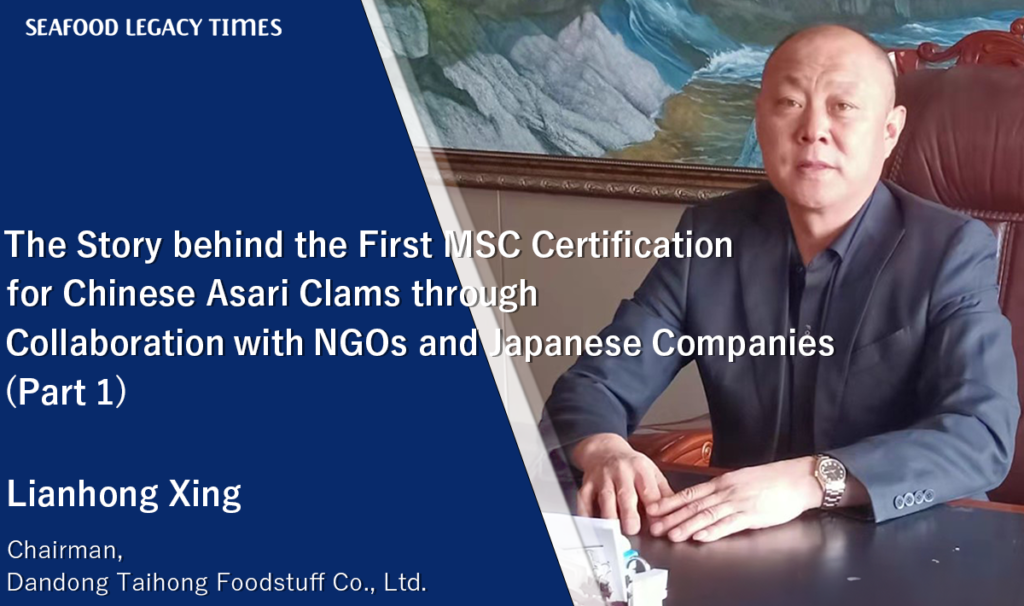

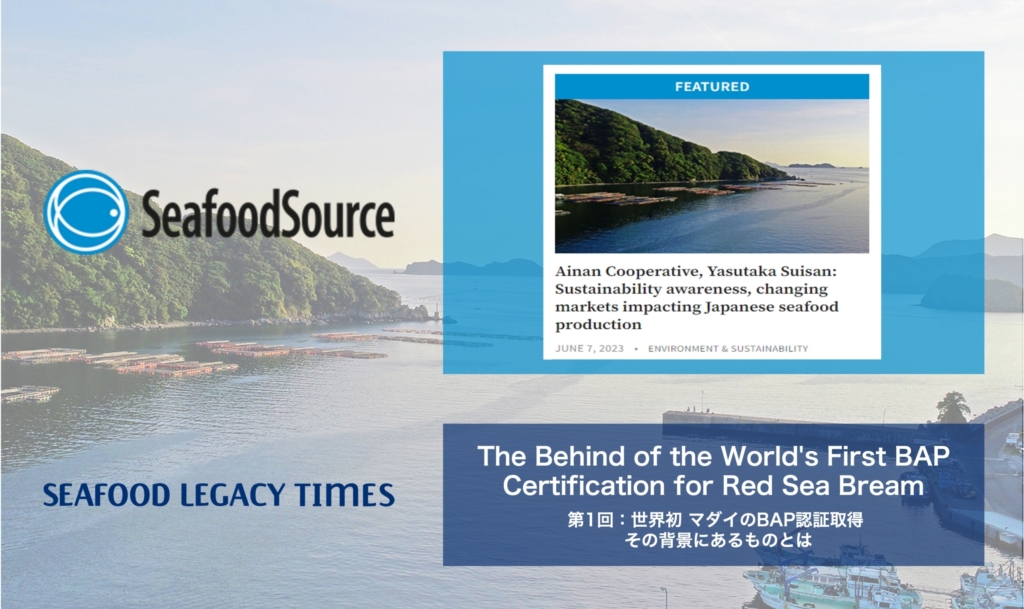

1_修正524-1024x606.png)


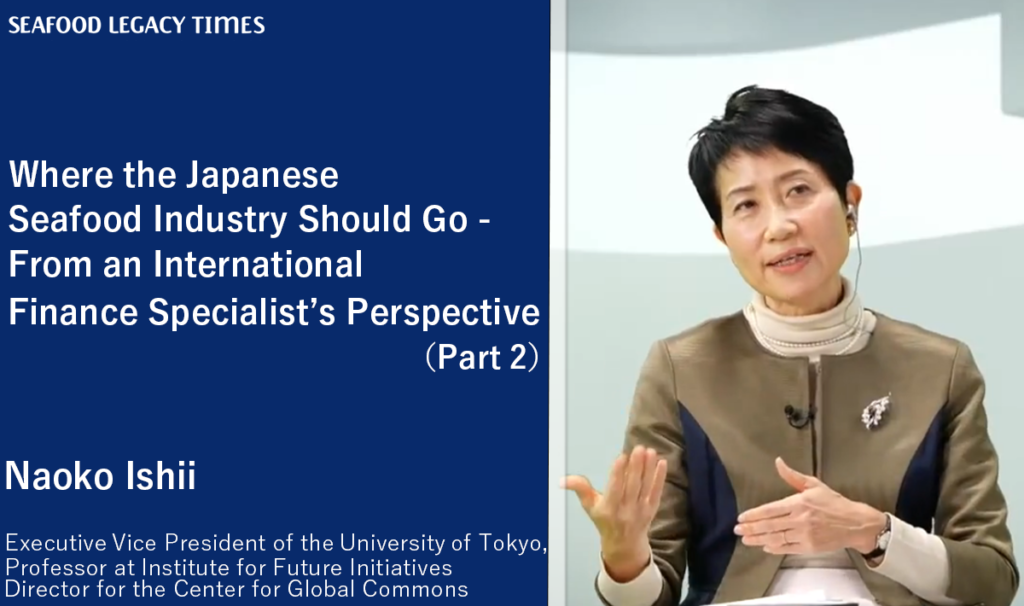







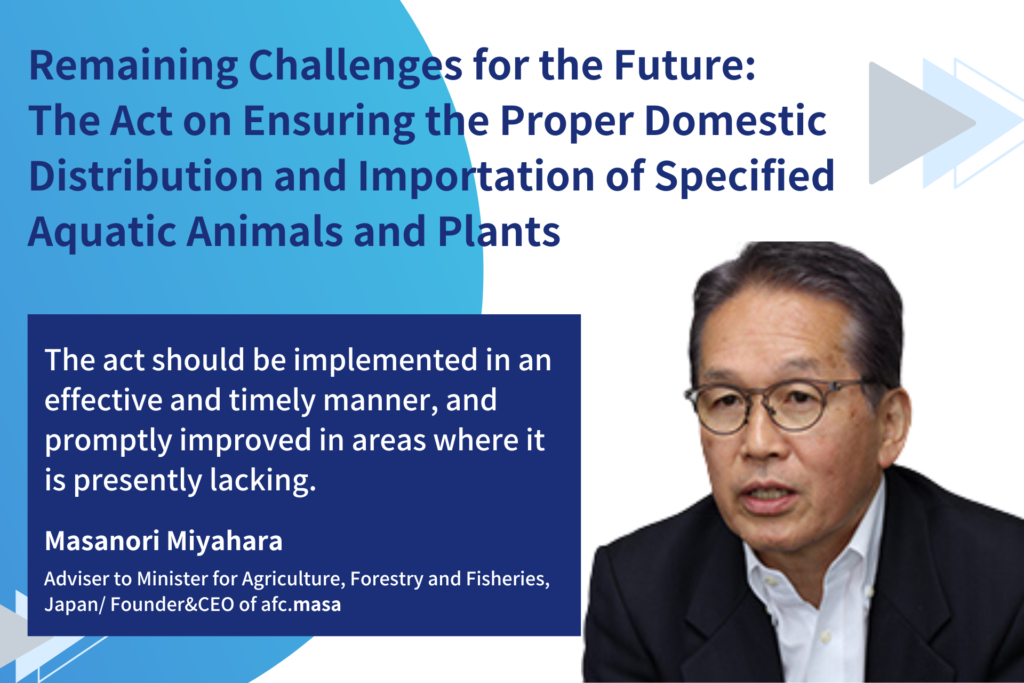
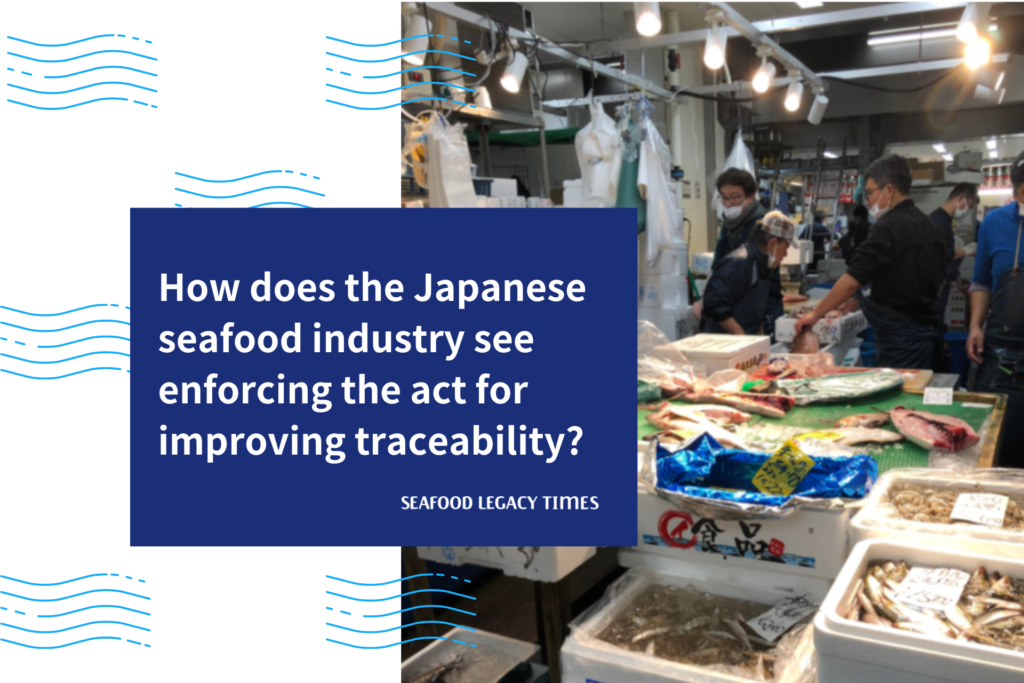



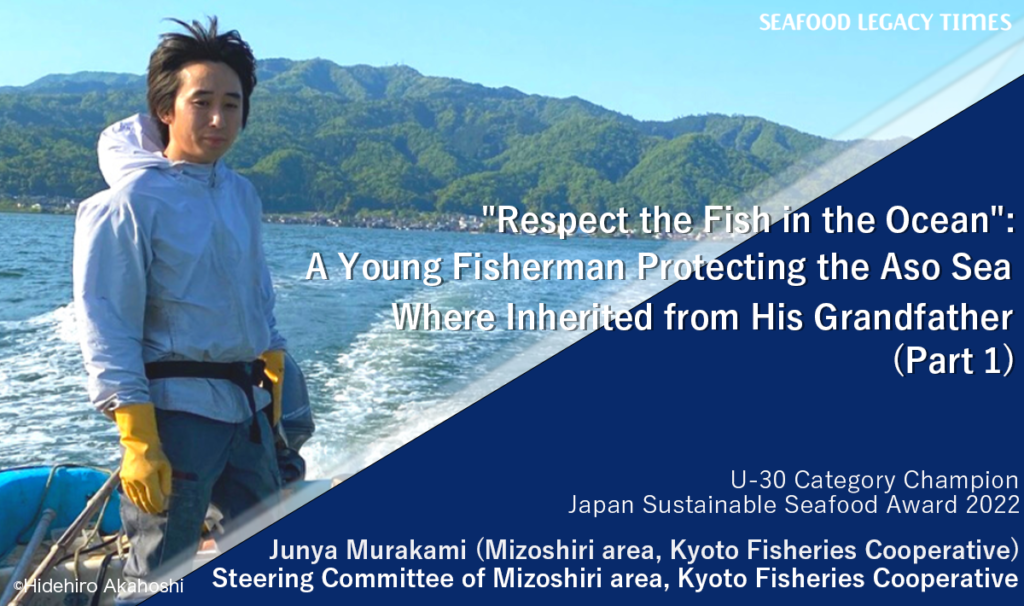
.2-1024x606.png)
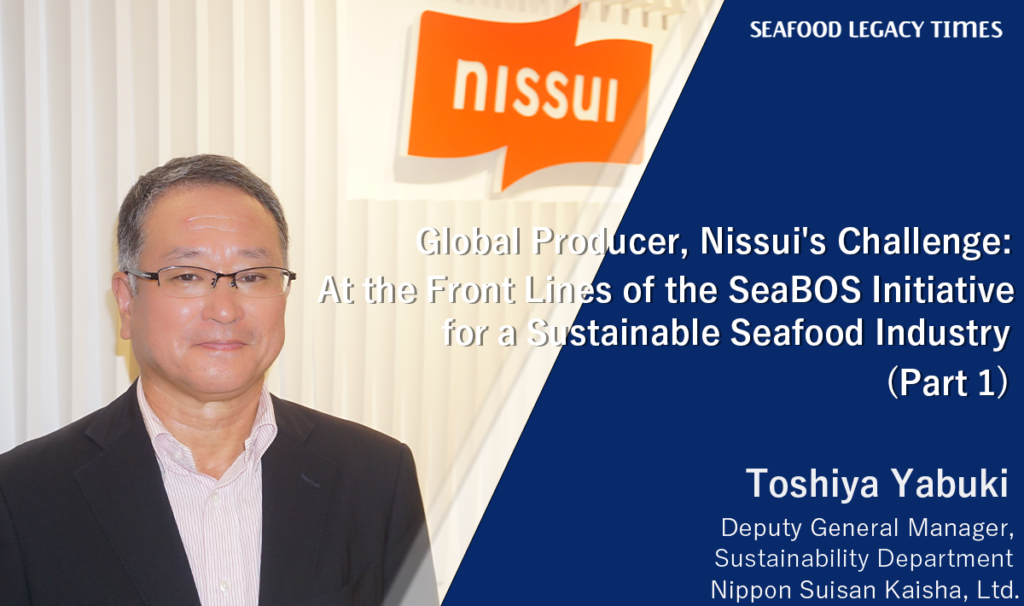
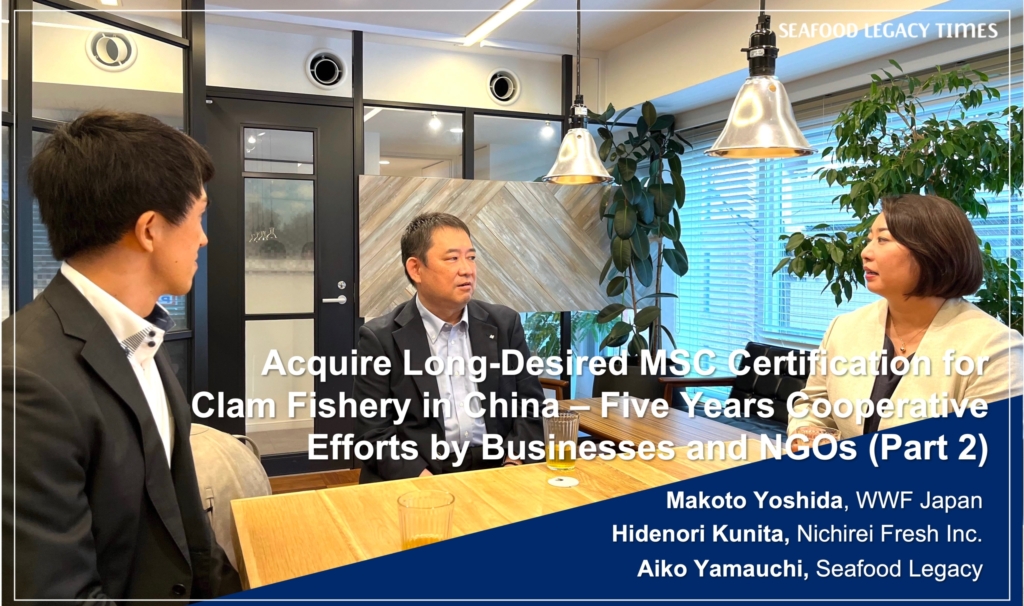
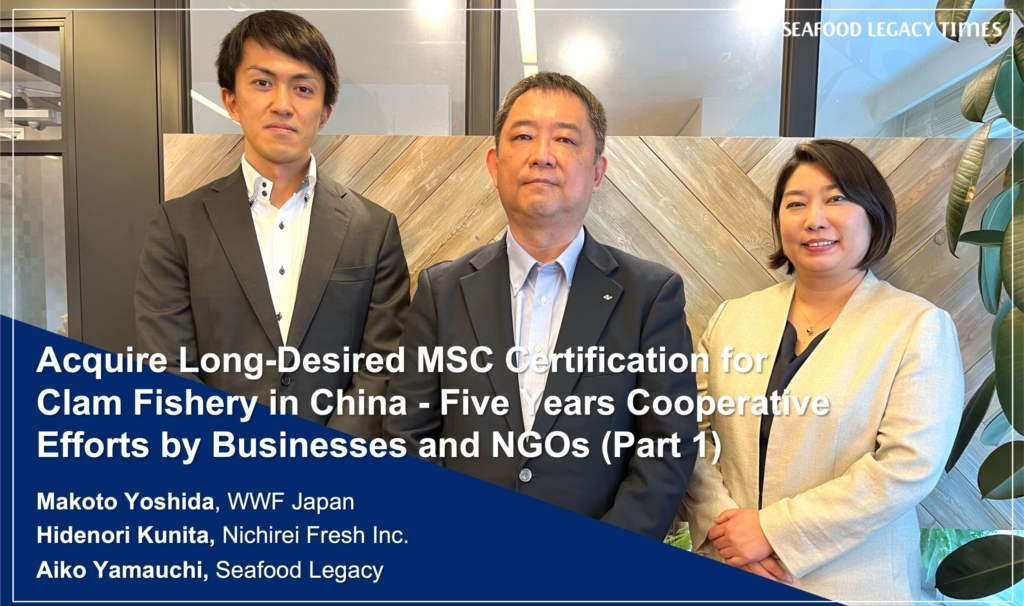






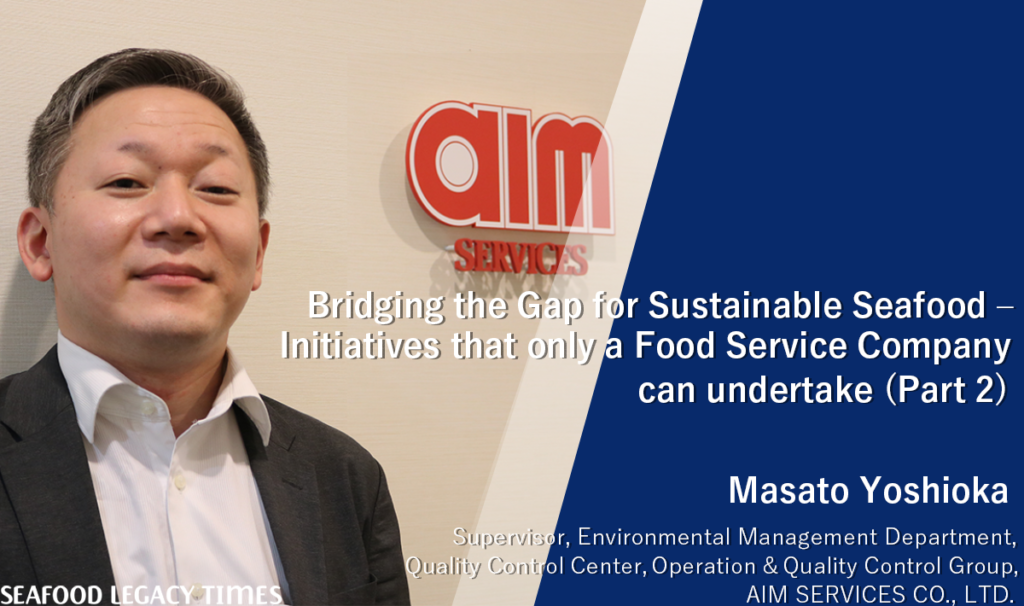
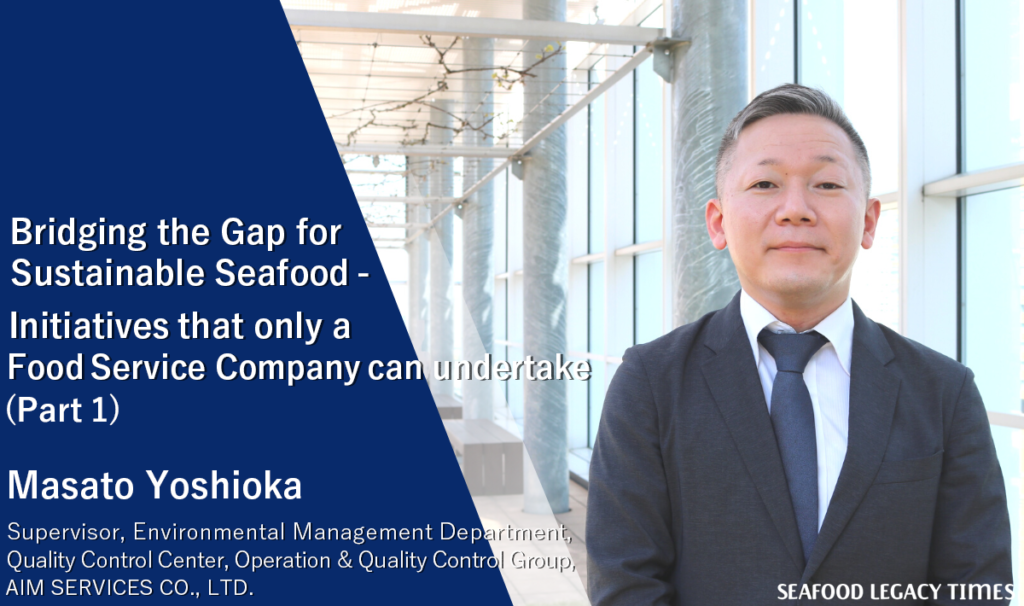
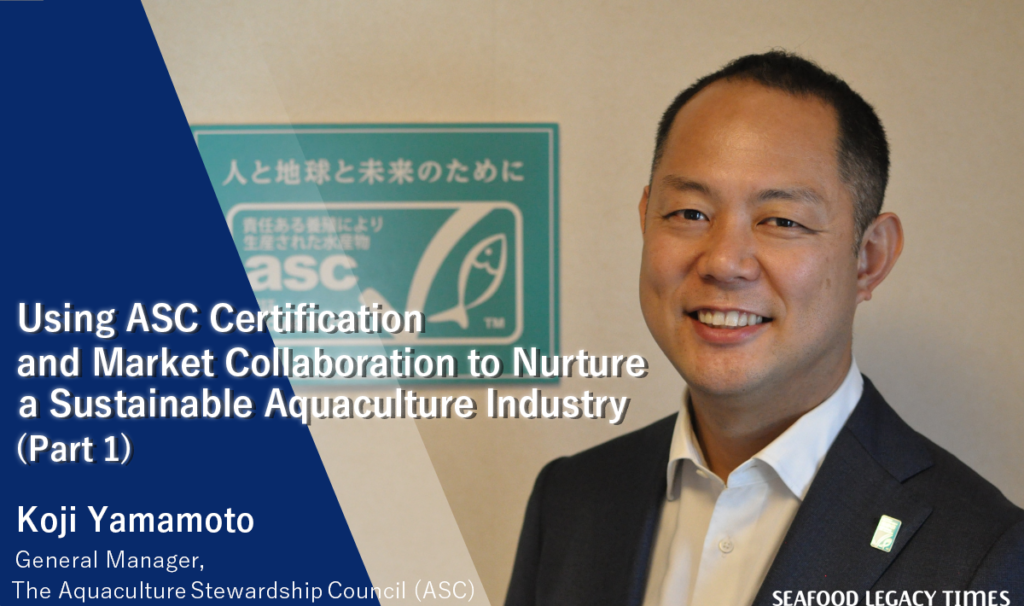
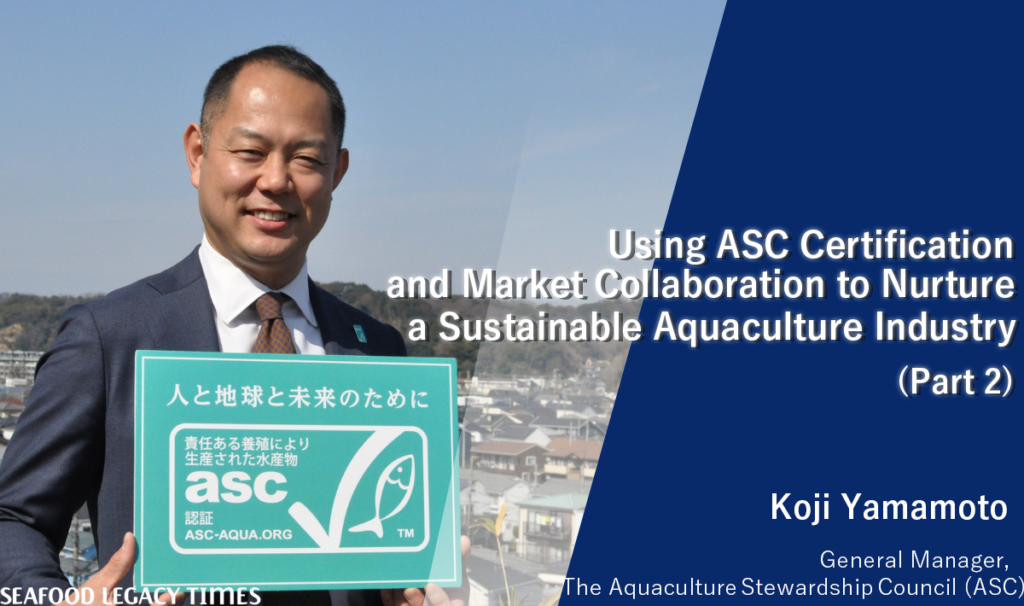
2-1024x606.png)
-1-1024x606.png)
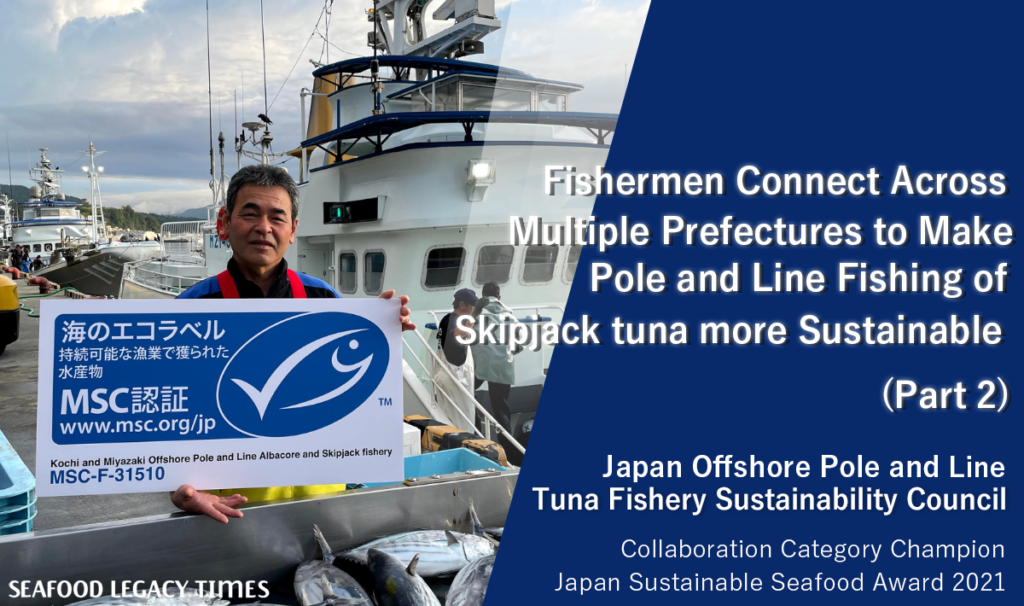
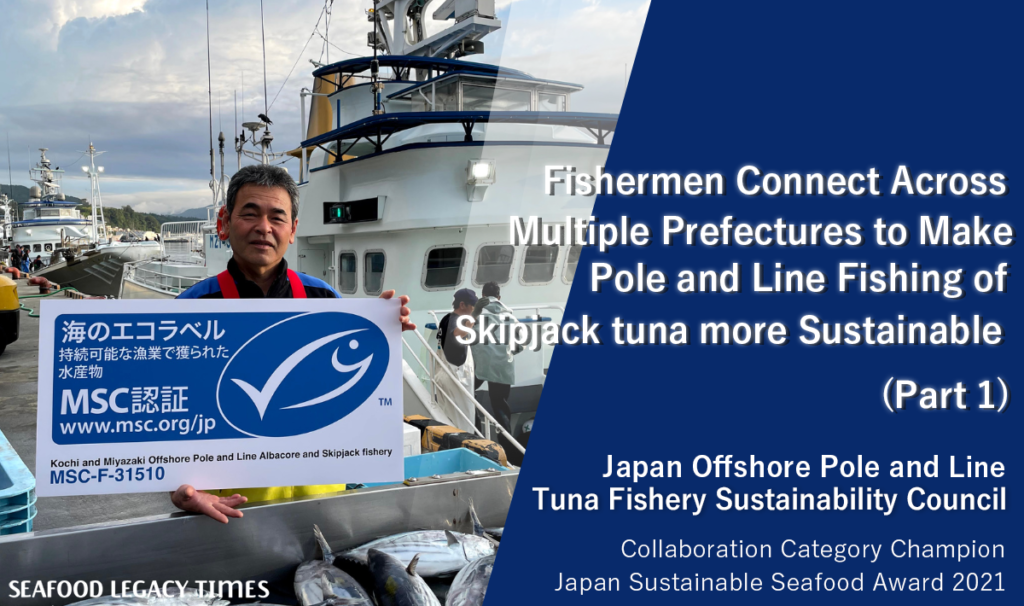
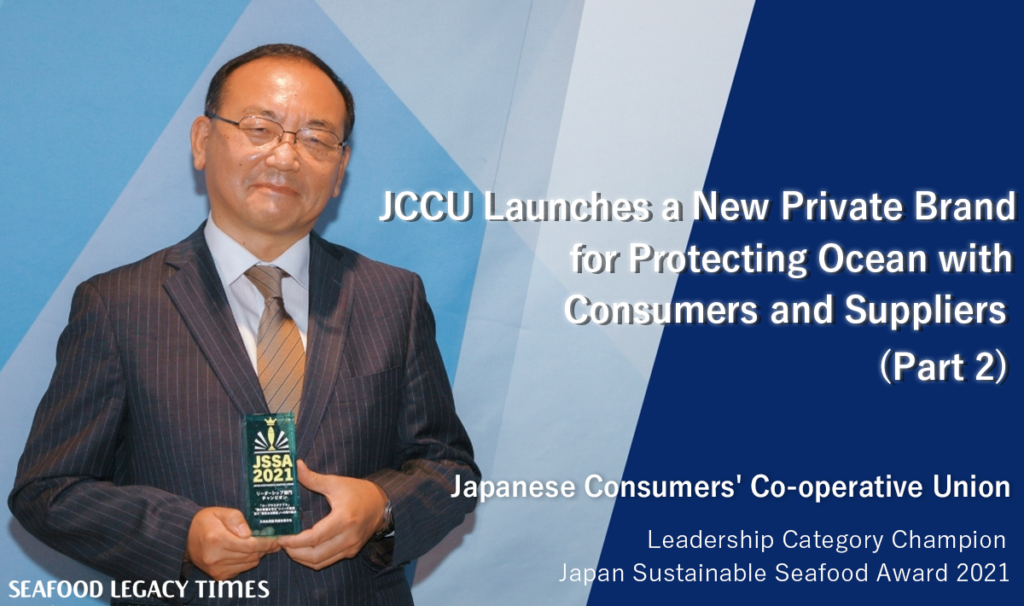
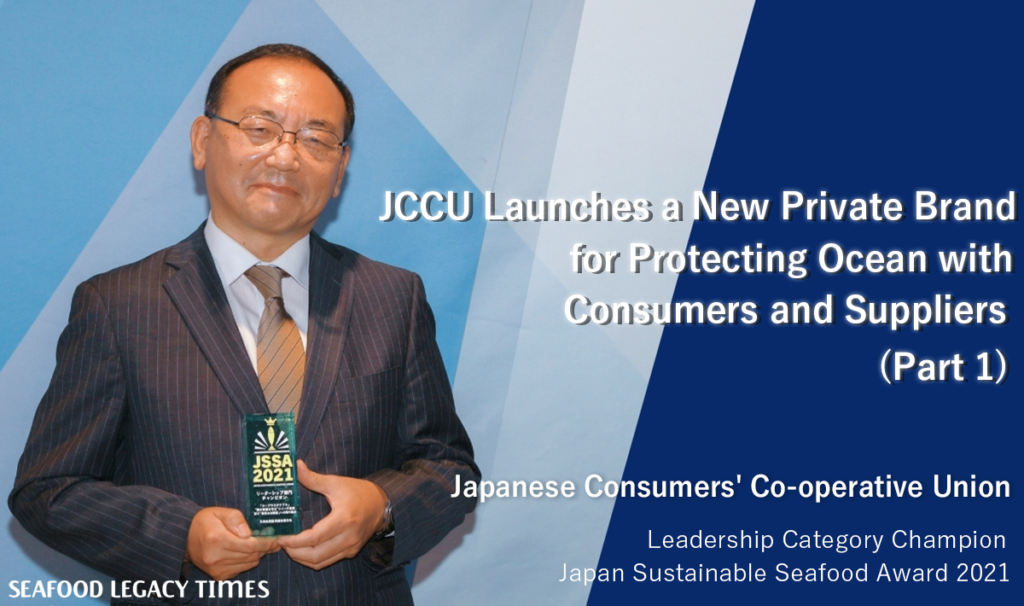
Part2-1024x606.png)
Part1-1024x606.png)
